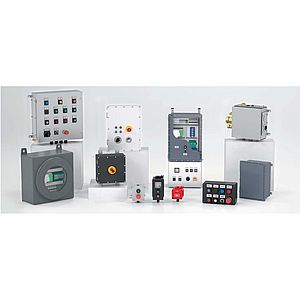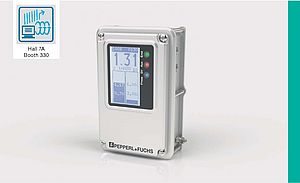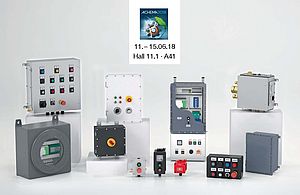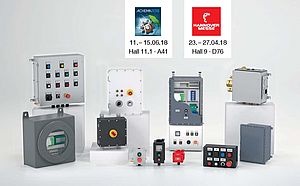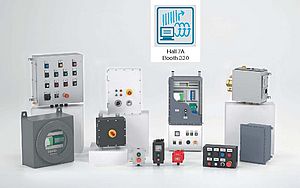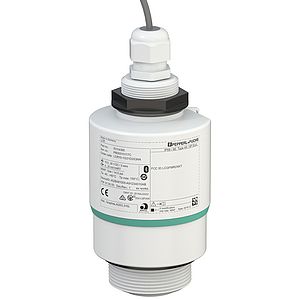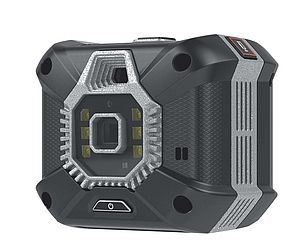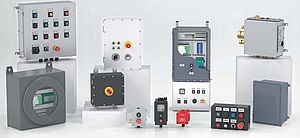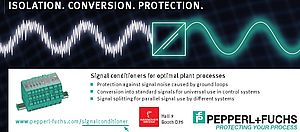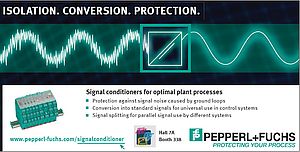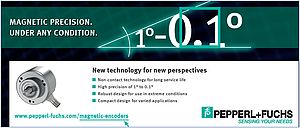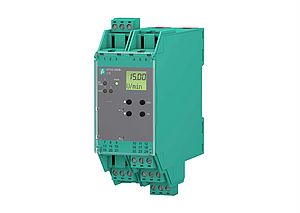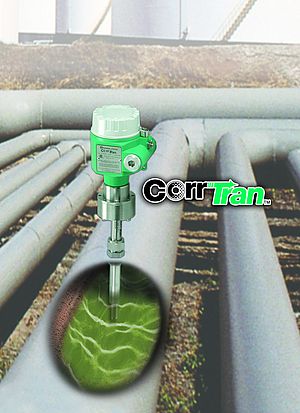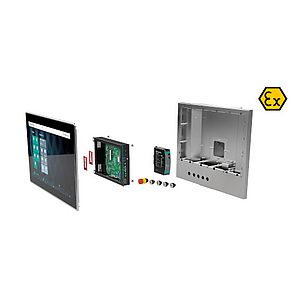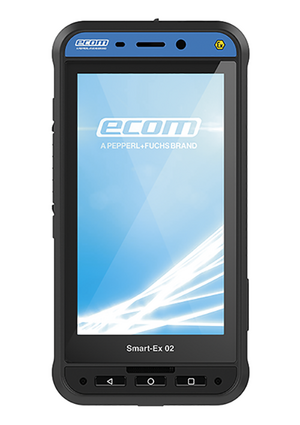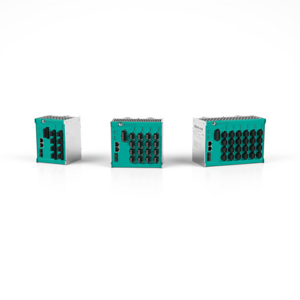The Eastman Chemical Company uses Foundation fieldbus technology and Delta V hardware throughout its mostly non-hazardous facility. A second plant with hazardous areas was to prove that a fieldbus could be implemented and commissioned fast and operated reliably in a highly corrosive environment. Intrinsically safe fieldbus networks provide only little power for approx. four instruments. Chris Eastman, I&C Engineer at the Eastman Chemical Company, Columbus, SC, wanted a fieldbus infrastructure for his Class I Div. 1 and Div. 2 production facility that would give him additional functional reserve to compensate for fatigue of junction boxes in the highly corrosive environment. And he needed a solution that would make weaknesses such as a drop of signal levels in the fieldbus infrastructure known before causing a plant shutdown. Chris Eastman wanted intrinsic safety with FISCO enabling live work on field devices. He chose the High-Power Trunk concept (HPTC) and the FieldConnex Advanced Diagnostic Module (ADM). Explosion protection with the HPTC: Rather than limiting the amount of energy on the fieldbus trunk, energy is limited on the spur connections to intrinsically safe levels with FieldBarriers. The result: Higher voltage and signal levels at the device. With FISCO, live work is permitted on field devices. The HPTC enables consistent fieldbus design, reduced cable runs, and overall cost savings. The first segments were checked using the standard approach: segment walk-down, resistance and capacitance checks, scope sweep, and instrument check with a handheld configurator. Then, the ADM was used to validate all of that information— and it matched perfectly. In fact, the ADM caught over termination on one of the bricks that the handheld communicator missed. On the next system, eight segments took only 20 minutes to validate using only the ADM. Even the longest run came online with no problem, taking more time to walk down the system to set the jumper switches compared to verifying communication. The amount of time saved was dramatic. Handhelds or oscilloscopes are no longer used. Once the system is installed, the sweep is done remotely with the ADM, and everything is ready to go. The confidence in the network increases. Advanced Diagnostics provides alarming and data logging, and a built-in oscilloscope. The ADM sets limit values per device and segment and provides comprehensive system documentation. Live values are continuously monitored. Alarms tell the user exactly what the issue is, indicate possible causes, and offer possible solutions. It is easy to see which instrument has the problem without ever going out into the field. It truly provides an “extra set of eyes” on the physical layer. Advanced Diagnostics enables predictive maintenance. When you have a plant running 24-7, and an instrument failure of any kind will bring your operation to a halt, you need a communication system that you can rely on. The ADM helped build this system and helped Chris Eastman reach his objectives at the Eastman Chemical Company.
Improved fieldbus operations, advanced diagnosics
The Eastman Chemical Company uses Foundation fieldbus technology and Delta V hardware throughout its mostly non-hazardous facility
- by Pepperl + Fuchs SE
- April 12, 2010
- 526 views




















